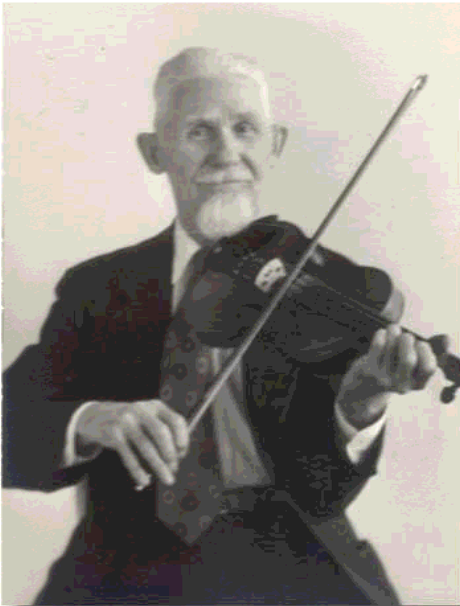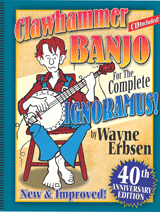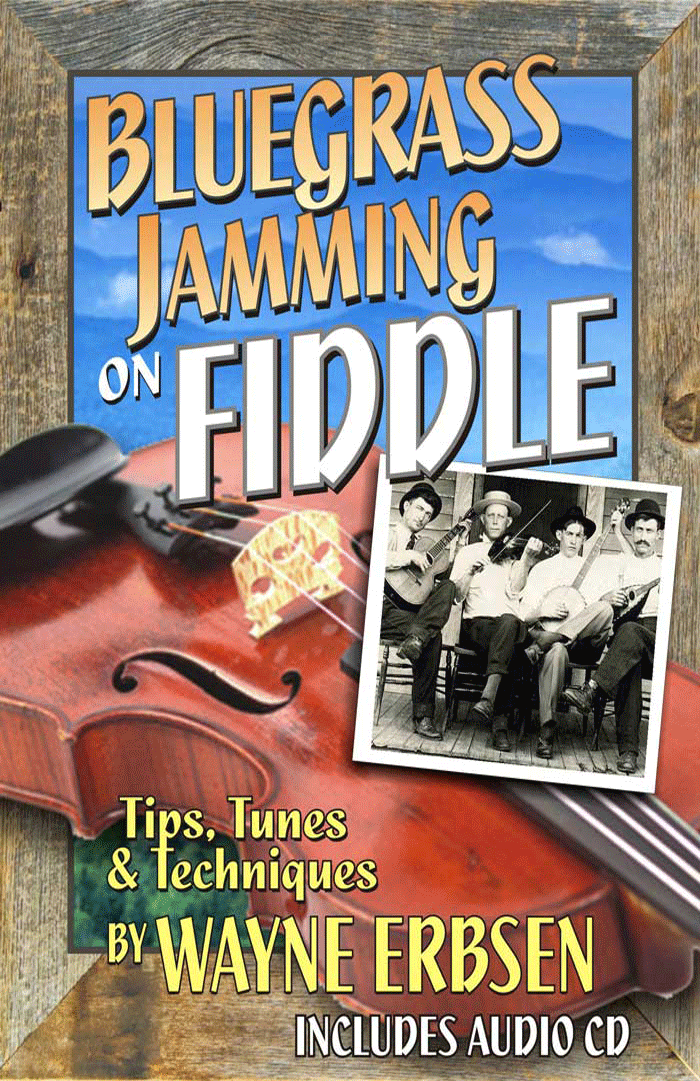
By Wayne Erbsen
His name was Marion Try Slaughter, but he took the name Vernon Dalhart from two Texas towns where he had worked as a cowhand when he was a boy. Born in Jefferson, Texas, on April 6, 1883, before he died on September 14, 1948, he had used at least 100 pseudonyms. His grandfather, Marion Try Slaughter I, had been a Confederate soldier who joined the KKK after the Civil War. Dalhart’s father was killed in a barroom knife fight with his brother-in-law, Bob Castleberry, while Dalhart was still a boy. By the time he was 12 or





